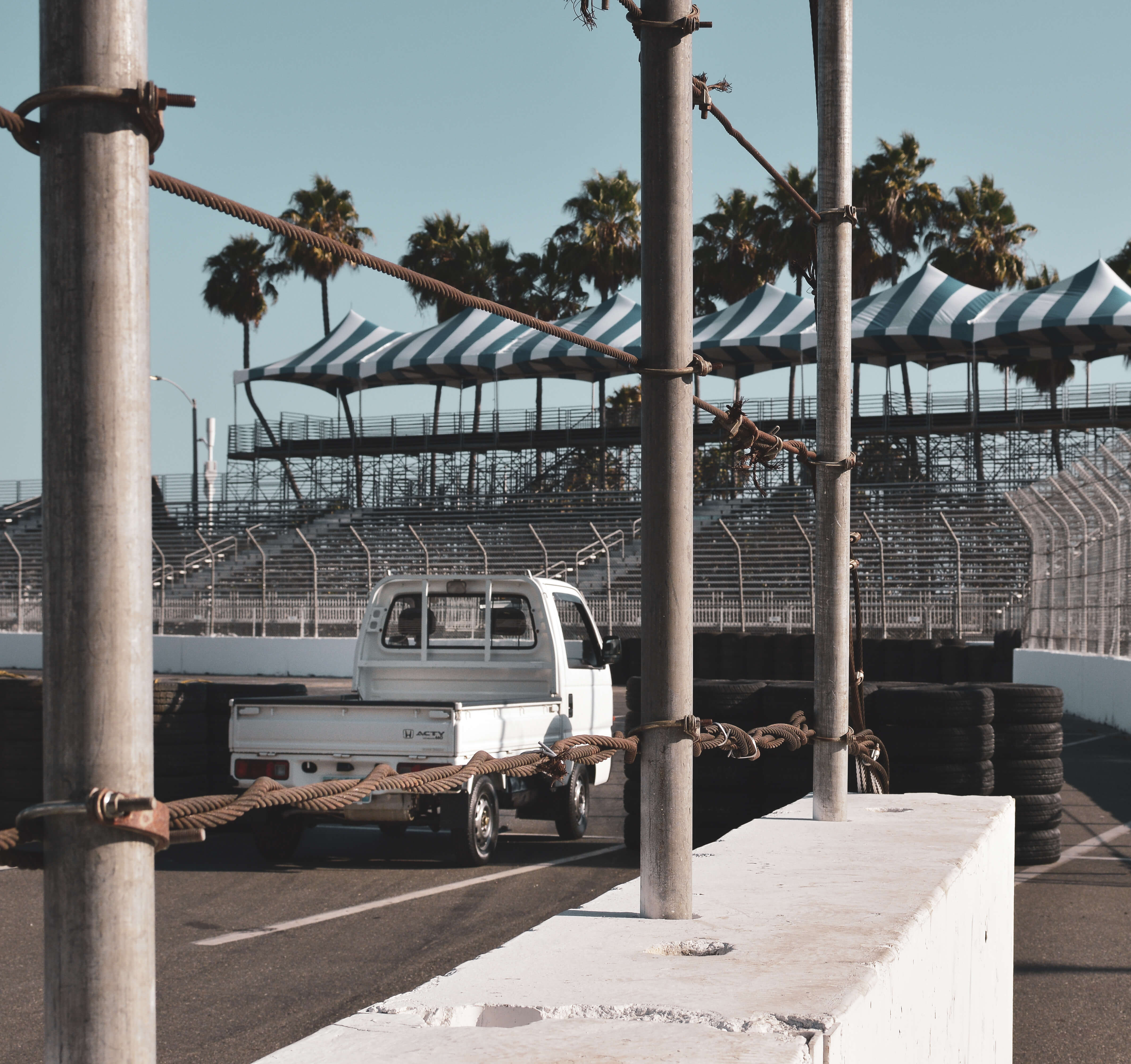It was a sunny afternoon in late spring when I first slid behind the wheel of a kei truck, a diminutive vehicle that seemed more suited for a cartoonish chase scene than a sensible road trip across America. My mission? To navigate through the patchwork quilt of laws governing where these Japanese marvels can roam freely. I found myself embarking on a journey through the 'kei truck legal states,' a term that sounds deceptively straightforward but is as tangled as a bowl of spaghetti thrown into a fan.
Revitalize Your Kei Today Discover Oiwa Garage Exclusive Upgrades Shop Now!
My adventure began in the bustling metropolis of Los Angeles, where I quickly discovered that navigating a kei truck through rush hour traffic is akin to a mouse attempting to waltz with elephants. These trucks, born in the post-war economic boom of Japan, are celebrated for their compact size and efficiency. They boast engines no larger than 660cc, which is just enough to make them nimble yet economical—a far cry from the gas-guzzling behemoths that dominate American roads.
However, the real challenge lay in understanding the legality of driving this pint-sized powerhouse across various U.S. states. You see, kei trucks are legal for on-road use in some states, while others restrict them to off-road adventures only. In California, for instance, these vehicles are primarily confined to agricultural areas and private property, reflecting a blend of environmental consciousness and regulatory caution.
As I crossed into Arizona, the legal landscape shifted. Here, kei trucks enjoy the freedom of paved roads, a testament to the state's more lenient vehicle regulations. My drive took me through sweeping desert vistas, where the kei truck's impressive fuel efficiency—an average of 40 to 50 miles per gallon—proved invaluable. It was during this leg of the journey that I experienced the true charm of the kei truck: its ability to turn even the most mundane errands into an adventure.
Find Your Dream Kei Truck in Japan and Claim Your Free Import Consultation Today!
Continuing eastward, I encountered the peculiarities of Texas law. In the Lone Star State, kei trucks are permitted on roads with speed limits of 45 mph or less, a restriction that seems to be tailor-made for leisurely drives through quaint small towns. Yet, as I maneuvered through Texas, I couldn't help but chuckle at the juxtaposition of the kei truck amidst the state's iconic pickup trucks, each one seemingly larger than the last.
Intrigued by the varying degrees of acceptance, I reached out to a local auto enthusiast group in Georgia, where kei trucks are embraced for both on-road and agricultural uses. "They're perfect for farm work and a bit of fun on the weekends," one enthusiast told me, his eyes twinkling with admiration for the quirky vehicles.
Reflecting on my journey, I realized that the patchwork of laws governing kei trucks is as diverse as the states themselves. While some states embrace these tiny titans with open arms, others remain cautious, their regulations steeped in concerns over safety standards and vehicle emissions.
In conclusion, the story of kei trucks in the United States is one of adaptation and cultural exchange. As these vehicles become more popular, they challenge conventional perspectives on what a truck should be, offering a glimpse into a future where efficiency and practicality reign supreme. For those considering joining the kei truck bandwagon, I recommend checking your state's specific regulations and embracing the journey—whether it's on the open road or the rugged terrains of your backyard.
So, dear reader, if you ever find yourself behind the wheel of a kei truck, remember: you're not just driving a vehicle; you're part of a fascinating narrative that transcends borders and defies expectations.
Upgrade Your Kei Performance with Oiwa Garage Unbeatable Service Shop Now!

